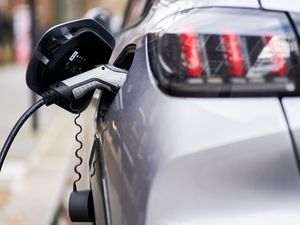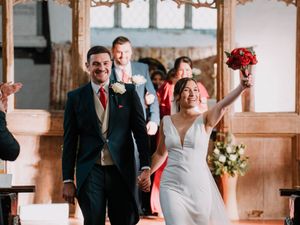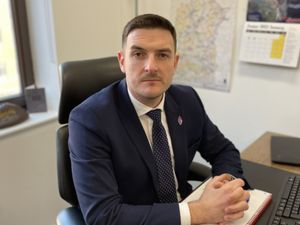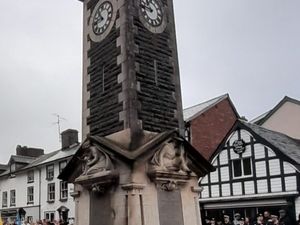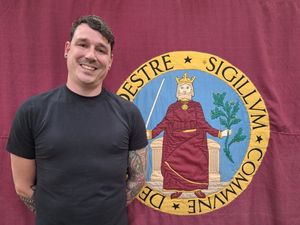Margaret Thatcher: The middle class revolutionary armed with a prayer
Margaret Thatcher – the unlikely revolutionary. She came to power on this day in 1979 and was to change the face of Britain.
But what is sometimes forgotten is that this 53-year-old middle-class grocer’s daughter from Grantham had already shaken up the established order when she took the keys to Downing Street on the wave of her general election victory.
She was a female MP at a time when Parliament was overwhelmingly male-dominated, and had made history as the first woman to lead a major political party in the United Kingdom – before making history again as the nation’s first female Prime Minister, despite once saying of herself that she did not think there would ever be a woman PM of this country in her political lifetime.
Then there was her extraordinary 1979 general election campaign which left traditionalists aghast. Until the 1979 election, campaigning in Britain had been largely about hustings and soap boxes. Although all the parties had adapted to the age in which television was important, Margaret Thatcher’s team was the first to embrace American-style media-friendly methods which concentrated on “image” and “PR” and essentially made the Tory campaign one long advert with Mrs T as the product.
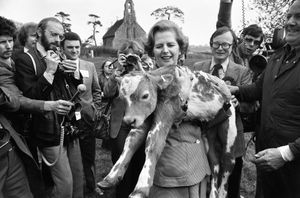
For a woman with a reputation for not letting herself be pushed around, she more or less did anything her team asked. Pick up a new-born calf? No problem. Put on a piece of armour? The “Iron Lady,” as the Russians had dubbed her in what had not been intended to be a compliment, was happy to oblige. She was seen with her shopping basket. She was seen drinking tea in a factory. Anything to get on television or her picture in the papers.
Many of the Tory grey suits were quietly appalled at such unseemly displays. Just two days before the election day, which was May 3, 1979, an opinion poll put Labour, led by Jim Callaghan, in the lead, albeit by just 0.7 per cent, although a set of opinion polls on the morning of the election steadied Tory nerves by giving the Conservatives a lead of between two per cent and eight per cent.
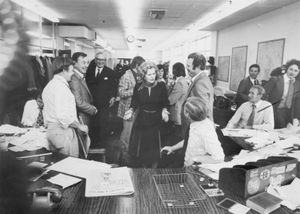
Nevertheless, Mrs Thatcher’s fear was that there would be a hung Parliament – one in which she had no overall majority.
In the event when the results came in it was clear there had been a huge swing to the Conservatives, particularly in the Midlands and the South, and the hopes of David Steel’s Liberals of holding the balance of power evaporated as their vote slumped nationwide.
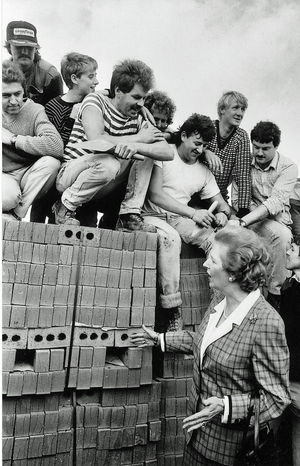
And so on the afternoon of Friday, May 4, Jim Callaghan travelled to Buckingham Palace to tender his resignation to the Queen.
By that evening Margaret Thatcher was standing on the steps of 10 Downing Street about to enter for the first time as Prime Minister, and what then unfolded was one of the most famous tableaux of her entire political career.
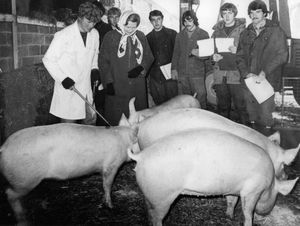
Remarks along the lines of “there’s a job to be done” were the commonplace fare for such occasions, but she instead began by saying a prayer, an idea which had come from her chief speechwriter, Sir Ronnie Millar.
Advisers were nervous about entering office with a prayer attributed to a deeply revered saint. And according to the Margaret Thatcher Foundation, Mrs Thatcher also had her doubts, and asked him whether it would not be controversial.
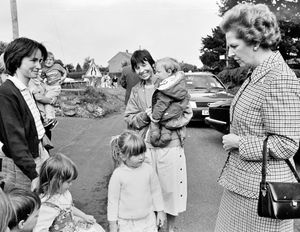
“Churchill spent half his life being controversial and much of what he said is remembered whether people agreed with it at the time or not,” he replied.
In front of the assembled photographers and journalists, she introduced it with: “And I would just like to remember some words of St Francis of Assisi which I think are really just particularly apt at the moment.”

As a precaution against fumbling such iconic lines, she discreetly held a little crib sheet in the palm of her left hand.
“Where there is discord, may we bring harmony. Where there is error, may we bring truth. Where there is doubt, may we bring faith. And where there is despair, may we bring hope,” she said.
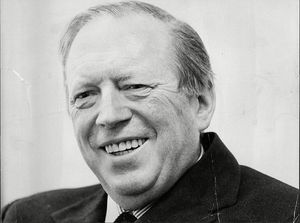
She finished her opening remarks by referencing her friend Airey Neave, the shadow Secretary of State for Northern Ireland who had been murdered by the Irish National Liberation Army in the car park of the House of Commons just over a month beforehand.
Neave was the person who had masterminded the campaign which had taken her to the leadership of the Conservative Party in 1975.
And her last words before going in to No. 10 paid tribute to her father, to whom she said she owed everything.
She told the assembled media scrum: “He brought me up to believe all the things that I do believe and they’re just the values on which I’ve fought the election. And it’s passionately interesting for me that the things that I learned in a small town, in a very modest home, are just the things that I believe have won the election.”
As it happened, that famous prayer by St Francis of Assisi was not by St Francis of Assisi at all. Again, according to the Margaret Thatcher Foundation, modern research has established beyond argument that the prayer was not his work.
When the general election dust had settled, Mrs Thatcher had emerged with an overall majority of 43. The Conservatives won 339 seats compared to Labour’s 269. The swing to the Conservatives of 5.2 per cent was the largest since 1945.
Winter of discontent
The lead-up to the election had famously included the “winter of discontent”, with multiple strikes in the public sector, but the issue which had triggered the calling of the poll was actually Scottish devolution.
Jim Callaghan’s minority Labour government was being propped up thanks to Scottish National Party support. But the parties fell out over the devolution issue, and so when Margaret Thatcher brought a motion of no confidence in the government, the SNP voted with the Tories.
The no confidence motion was carried by a single vote, leaving “Sunny Jim” with no option but to go to the country.
That dramatic night at Westminster of March 28, 1979, has led to an enduring accusation that it was the SNP which opened the door to Mrs Thatcher to take power. The general election was a disaster for the SNP, which lost nine of its 11 seats.
Mrs Thatcher went on to be the first leader to win three consecutive terms and the longest-serving Prime Minister of the 20th century.
She became the model for a new breed of politician – the “conviction politician” – who defied the previous political consensuses through radical Conservative policies which included bashing the unions, economic policy based on monetary control, lowering income taxes, selling council houses, promoting share ownership among ordinary members of the public, and getting rid of the rates and introducing what she called the community charge – and everybody else called the poll tax.
It was the latter which ultimately proved her undoing. She resigned in 1990 leaving a transformed British political, social, and economic landscape – and a controversial legacy.

